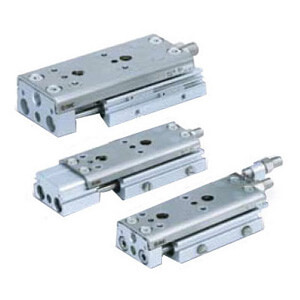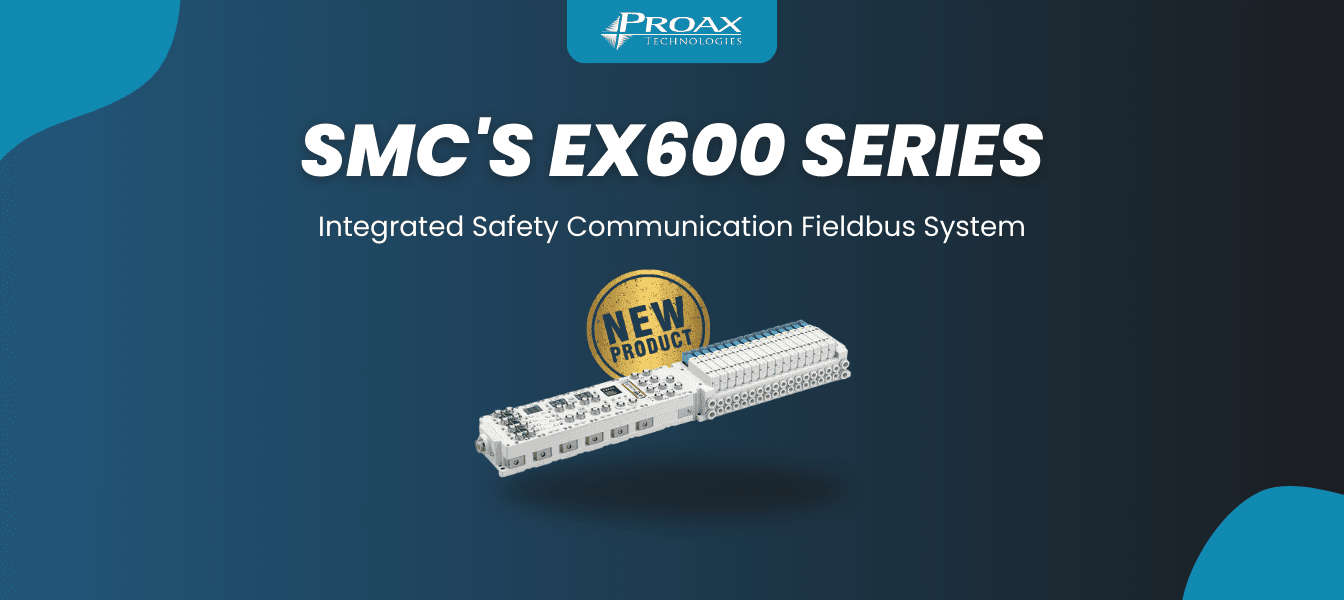SMC’s MXS and MXQ series are among the most popular precision slide tables used in industrial automation, prized for their high accuracy, rigidity, and versatility. Both series are designed for precise linear motion in compact spaces, but they differ in guide technology and certain performance characteristics. This comparison will help you understand their differences, strengths, and the industries where they excel.
Key Features Overview
| Feature | SMC MXS Series | SMC MXQ Series |
|---|---|---|
| Guide Type | Cross roller bearings | Recirculating ball bearings |
| Bore Sizes (mm) | 6, 8, 12, 16, 20, 25 | 6, 8, 12, 16, 20, 25 |
| Stroke Range (mm) | 10–150 (varies by bore size) | 10–150 (varies by bore size) |
| Positioning Accuracy | High (±0.05 mm repeatability) | Very high (±0.05 mm repeatability) |
| Rigidity | High (due to cross roller guide) | Higher (wider guide pitch, increased rigidity) |
| Options | Stroke adjuster, shock absorber, end lock, buffer | Stroke adjuster, shock absorber, end lock, buffer |
| Mounting | 3 directions (side, axial, vertical) | 3 directions (side, axial, vertical) |
| Auto Switch Capability | Yes | Yes |
| RoHS Compliant | Yes | Yes |
| Food Grade Grease Option | Yes | Yes |
Technical Comparison
Guide Mechanism

- MXS uses cross roller bearings, providing smooth movement with minimal play and high precision, making it ideal for applications where rigidity and accuracy are paramount.

- MXQ employs recirculating ball bearings, which offer even greater rigidity, improved load resistance (up to three times higher than MXS), and superior parallelism and perpendicularity.
Load and Rigidity
- The MXQ’s design, with a wider guide pitch and hardened stainless steel rails, allows it to handle higher moments and heavier loads than the MXS, making it more suitable for demanding industrial environments
Stroke and Mounting
- Both series offer similar stroke ranges and flexible mounting options, including side, axial, and vertical mounting, allowing integration into various machine layouts
Functional Options
- Both MXS and MXQ can be equipped with stroke adjusters (rubber, metal, or shock absorber), end lock (prevents table drop in case of air loss), and buffer mechanisms for smooth stopping
- Auto switch capability is standard, supporting process monitoring and automation integration
Specialized Versions
- The MXQ offers a high-durability (XC4) variant for dusty environments, with up to four times the standard model’s durability, suitable for industries processing powders or fine particulates
Application Examples
Industries and Typical Uses
| Industry | Application Example | Series Preference |
|---|---|---|
| Electronics/Assembly | Precision assembly, pick-and-place, PCB handling | MXS or MXQ |
| Automotive | Small part transfer, inspection, fixture positioning | MXQ (higher load) |
| Packaging | Sorting, labeling, light material handling | MXS or MXQ |
| Medical Device Manufacturing | Micro-assembly, small part handling | MXS (precision) |
| Semiconductor | Wafer handling, clean room automation | MXQ (clean room, dust) |
| Food & Beverage | Packaging, sorting (with food grade grease option) | MXS or MXQ |
| Robotics/Automation | End-of-arm tooling, precise motion control | MXQ |
Why Choose MXS?
- Best for applications demanding high precision and smooth movement with moderate loads, such as electronics assembly or light pick-and-place tasks.
Why Choose MXQ?
- Ideal for applications requiring higher rigidity, load capacity, or operation in dusty environments, such as automotive component transfer or industrial automation in harsh conditions.
Summary Table: MXS vs. MXQ
| Feature/Need | Best Choice | Reason |
|---|---|---|
| Highest rigidity & load | MXQ | Recirculating bearings, wide guide pitch |
| Best for precision | Both | Both offer ±0.05 mm repeatability |
| Smoothest movement | MXS | Cross roller bearings minimize play |
| Dusty/harsh environments | MXQ | XC4 variant for powder/dust resistance |
| Clean room compatibility | MXQ | Enhanced durability in clean environments |
| Compact/lightweight | Both | Both designed for compact spaces |
| Extensive options | Both | Stroke adjusters, end lock, buffer, etc. |
Conclusion
Both the SMC MXS and MXQ series are highly capable precision slide tables, but your choice should be guided by the specific requirements of your application:
- Choose MXS for high-precision, smooth, moderate-load tasks in compact assemblies.
- Choose MXQ for higher rigidity, greater load capacity, or environments with dust or particulates, and when the highest repeatability and mounting flexibility are needed.
Need help choosing the right SMC slide table for your application? Contact Proax today — our automation experts are here to help.














































